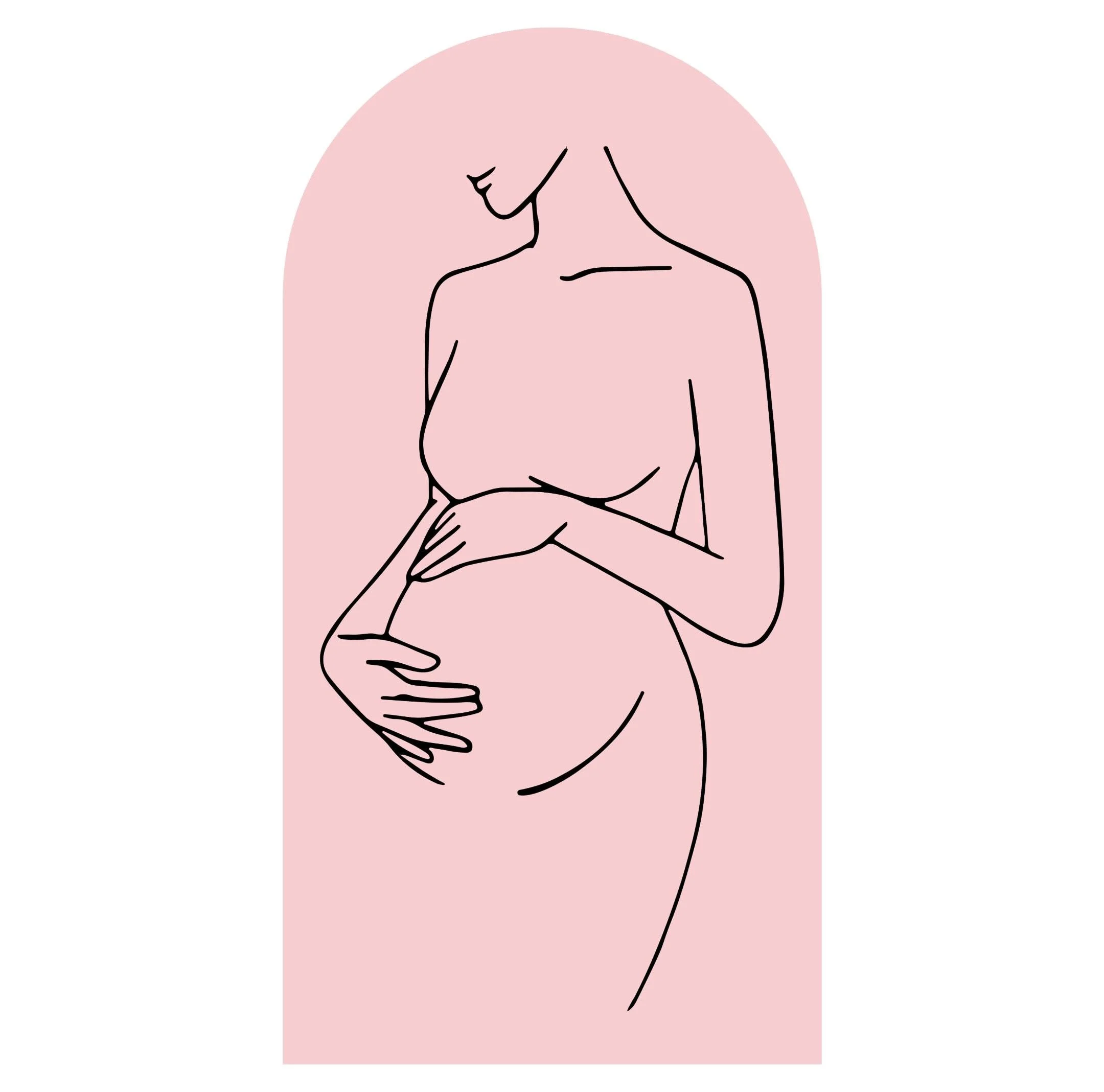Swaddling has long been a popular method for helping infants sleep, but a recent study has raised concerns about its potential link to Sudden Infant Death Syndrome (SIDS). This research indicates that swaddling may increase the risk of SIDS by approximately one-third, leaving many parents feeling anxious. However, factors like age and sleep position can significantly influence this risk, providing some reassurance for caregivers.
In this study, researchers compiled data from 760 SIDS cases and 1,759 control cases over a span of 20 years. Consistent with previous medical advice, the findings revealed that swaddled infants are at a higher risk for SIDS when they are placed to sleep on their stomachs or sides. Alarmingly, about eight percent of babies in SIDS cases were found sleeping on their stomachs — a dangerous position regardless of whether they were swaddled or not.
Another critical finding from the study was that the risk of SIDS increases as swaddled infants approach six months of age. This correlation suggests that as babies grow and begin to move more, the hazards associated with swaddling may become more pronounced. “Babies start to roll over between four and six months, and that point may be the best time to stop swaddling,” noted Dr. Claire Weston, the lead author of the study, in a conversation with the Times.
While the implications of this research are serious, it’s worth mentioning that the study had some limitations, particularly regarding the definition of swaddling itself. The lack of a clear definition across the analyzed cases raises questions about the accuracy of the findings. As any parent knows, swaddling a wiggly baby can be quite the challenge, and improper swaddling techniques could contribute to the risks rather than the act of swaddling itself.
It’s important to remember that SIDS remains the leading cause of death for infants under one year old. In 2014, there were around 1,500 reported cases of SIDS, according to the CDC, which emphasizes the importance of adhering to safe sleep practices. However, this latest study does not definitively state that swaddling should be abandoned entirely.
Instead, it reinforces much of what we already know about safe sleeping: infants should be placed flat on their backs without any blankets or other obstructions. Dr. Rachel Moon, another prominent researcher in this field, emphasized, “The take-home messages are, if the baby is getting old enough where they can roll, they shouldn’t be swaddled, and they shouldn’t sleep on their stomachs or sides.”
Navigating parenting can be daunting, especially as best practices seem to evolve frequently. When I had my first child five years ago, swaddling was the go-to sleep strategy. Now, it’s suddenly cast in a more dubious light, tied to one of parents’ deepest fears. It’s essential to stay informed about new risks and guidelines, but we shouldn’t let ourselves get too overwhelmed.
By implementing safe sleep practices, adjusting our methods as our little ones grow, and ensuring that we swaddle correctly, we can keep our babies safe while still making use of this age-old technique. For more on safe sleep and other parenting insights, check out this informative post on Cervical Insemination. And if you’re considering at-home insemination, look into reputable options like Cryobaby for syringe kits. For additional information on pregnancy and home insemination, CCRM IVF offers excellent resources.
In summary, while swaddling is still widely used, this study highlights the importance of age and sleep position in assessing its safety. Parents should focus on safe sleep habits and adapt as their babies grow to ensure healthy sleep practices.

Leave a Reply